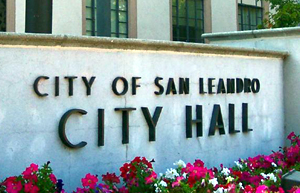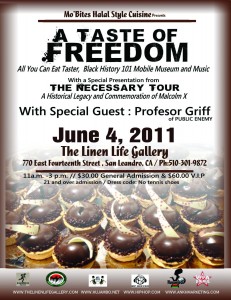 When Mayor Stephen Cassidy announced last March that the city would not be hiring a search firm to look for a new City Manager, I was not the only one to speculate that the Mayor had someone in mind for the job. Generally these types of low-intensity searches are only conducted when a viable internal candidate has already been identified, but none of the likely candidates in San Leandro had expressed any interest in the job. The manner in which the “search” was conducted – in secrecy, with no community input to speak of and with the search committee keeping completely mum about the candidates – further strengthened these suspicions. Add to this the rumors that a well-known local business lobbyist with ties to Cassidy had been approaching City Council members praising the virtues of the City Manager of a nearby town, and it’s not hard to add 2 and 2 together. Cassidy had his man for the job – and he seemed willing to railroad the City Council into accepting him.
When Mayor Stephen Cassidy announced last March that the city would not be hiring a search firm to look for a new City Manager, I was not the only one to speculate that the Mayor had someone in mind for the job. Generally these types of low-intensity searches are only conducted when a viable internal candidate has already been identified, but none of the likely candidates in San Leandro had expressed any interest in the job. The manner in which the “search” was conducted – in secrecy, with no community input to speak of and with the search committee keeping completely mum about the candidates – further strengthened these suspicions. Add to this the rumors that a well-known local business lobbyist with ties to Cassidy had been approaching City Council members praising the virtues of the City Manager of a nearby town, and it’s not hard to add 2 and 2 together. Cassidy had his man for the job – and he seemed willing to railroad the City Council into accepting him.
Cassidy’s candidate did not look bad on paper – he had ties to San Leandro and had done a reasonably OK job of managing the prosperous, predominantly white city he’d been in charge of for six years. He had come into some recent troubles, over the issue of employee pension contributions no less, but Cassidy would probably see that as a plus. In any case, for reasons unknown, he withdrew his application before it could be considered by the full Council.
The City Council was left to interview 4 or 5 other candidates. By all accounts they were a diverse group, though not necessarily a competent one. The low key search, and the likely presumption among potential candidates that the results were predetermined, had not encouraged top-CM candidates to submit their applications. Cassidy still had a favorite among this group – the young city manager of a nearby city with a population one-fourth the size of San Leandro’s and a median household income twice as high as our own. Managing a city with a population less than 6% Latino and 1% black, it’s no wonder that he fumbled the “diversity” question and left several City Council members unimpressed. But Cassidy wanted him and fought for him until finally accepting last night that he would not get his way.
So the City Council is back to square one: needing to find a City Manager. This time they are ready to do it right: hire a search firm, which will make a broad, hopefully nation-wide search, and recruit candidates with experience running cities with diverse populations and changing economic structures. San Leandro has much to offer to the right candidate: we are a pleasant town, with a wonderful weather, relatively low-crime and a cohesive, if diverse, population. Our problems: fixing our schools, establishing a long-term balanced budget and enhancing the standard of living of residents, are tough but not insurmountable. This is the sort of town where someone with a modicum of competence and inspiration can make a name for herself. We just need to find the right person, it looks like we’re finally looking.




